I'm not trying to be a toxic positivist, but the NWSL salary cap has a long way to go before we can truly unpack these contracts
Headlines were made when Maria Sanchez signed the biggest contract in the U.S. women's league history. But hopefully, soon, seven figures should be the norm.
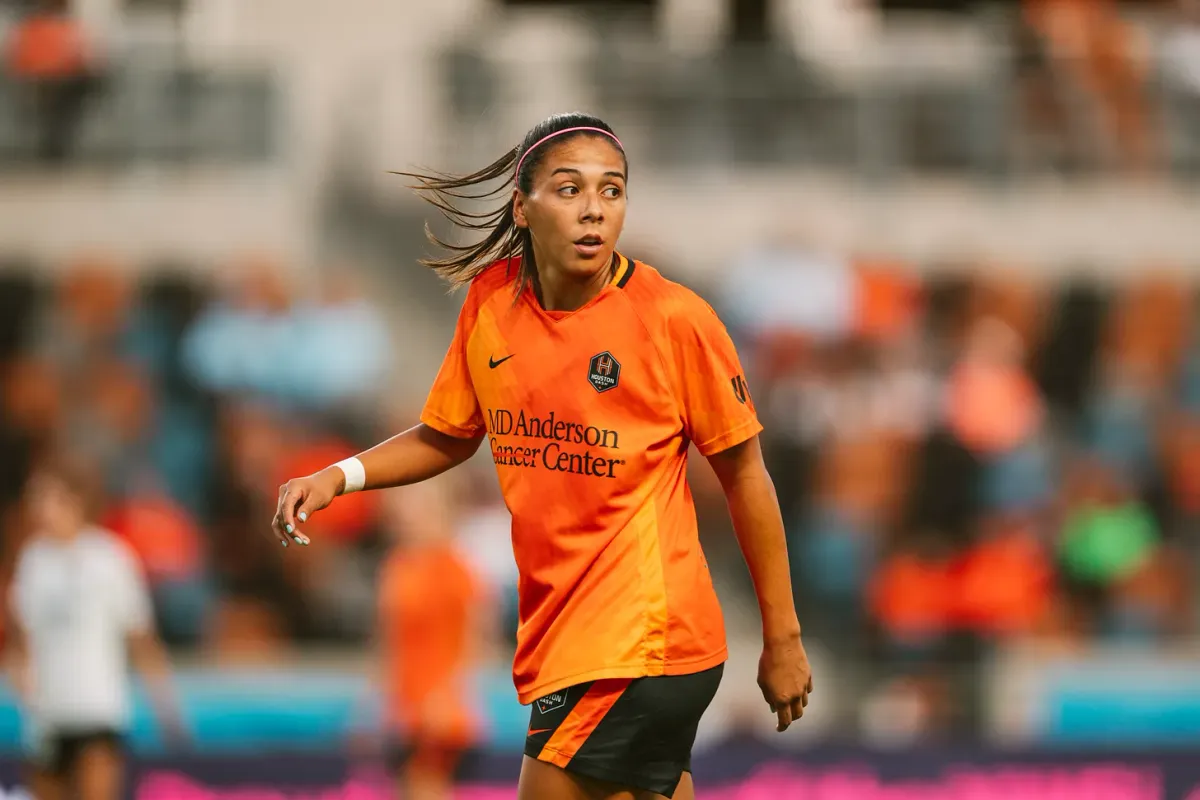
I don’t envy the job of a NWSL general manager or sporting director.
Right now, they are the ones tasked with managing a salary cap somewhere between $2million and $3million1. Within those figures, they have to figure out how to pay around 26 of the best footballers in the world a “fair” wage in 2024.
Of course, in sport, salaries or prize money have long been a part of the discourse, the strategy, and the allure. But in women’s football, the wage numbers, for many reasons, have lagged behind the likes of men’s world football or women’s tennis.
What this means is it becomes harder to critically assess the sporting aspects of what a player is earning and how that affects the game. And by harder, I mean it feels off. Wrong even.
Who is any pundit to question the validity of someone earning a five or six-figure sum per year when, in the grander scheme of things, they are being severely underpaid for their skill level due to their gender, race, sexuality, or opportunities?
On Monday, Houston Dash winger and Mexican international María Sánchez became the highest-paid player in the NWSL when she signed her new three-year contract that includes an additional one-year option.
According to Jeff Kassouf, the contract is worth close to $1.5m. That is when all the guaranteed money and bonuses have been accounted for, in addition to the assumption that the fourth-year option is executed.
The contract is a big moment for the top U.S. women’s league. As well as a tangible sign the league’s growth is benefitting the players. It comes after the NWSL announced a new four-year $240m broadcast deal this past November. Although, how much of that will trickle down to players directly has not been published.
In 2023, the minimum salary for an NWSL player was $36,400 with the league average salary reported to be closer to $65,000. That places the average NWSL footballer just above the national U.S. average salary of $59,428.
Along with the news of Sánchez’s top-tier deal, the minimum, and average figures are likely to increase in 2024. By how much, though, remains unclear.
There’s a good chance even that Sánchez’s deal isn’t the most lucrative signed this offseason. Things are moving fast. Some of the best players in the world - such as USA stars Crystal Dunn and Rose Lavelle - are currently looking for a new club. More record contracts are on the way.
“I do think you're going to see bigger contracts across the board,” Houston GM Alex Singer said on Monday, after announcing the Sánchez contract. “I wouldn't be surprised to see deals of even greater significance, get executed shortly, just given where this league is headed, and the growth of the league.”
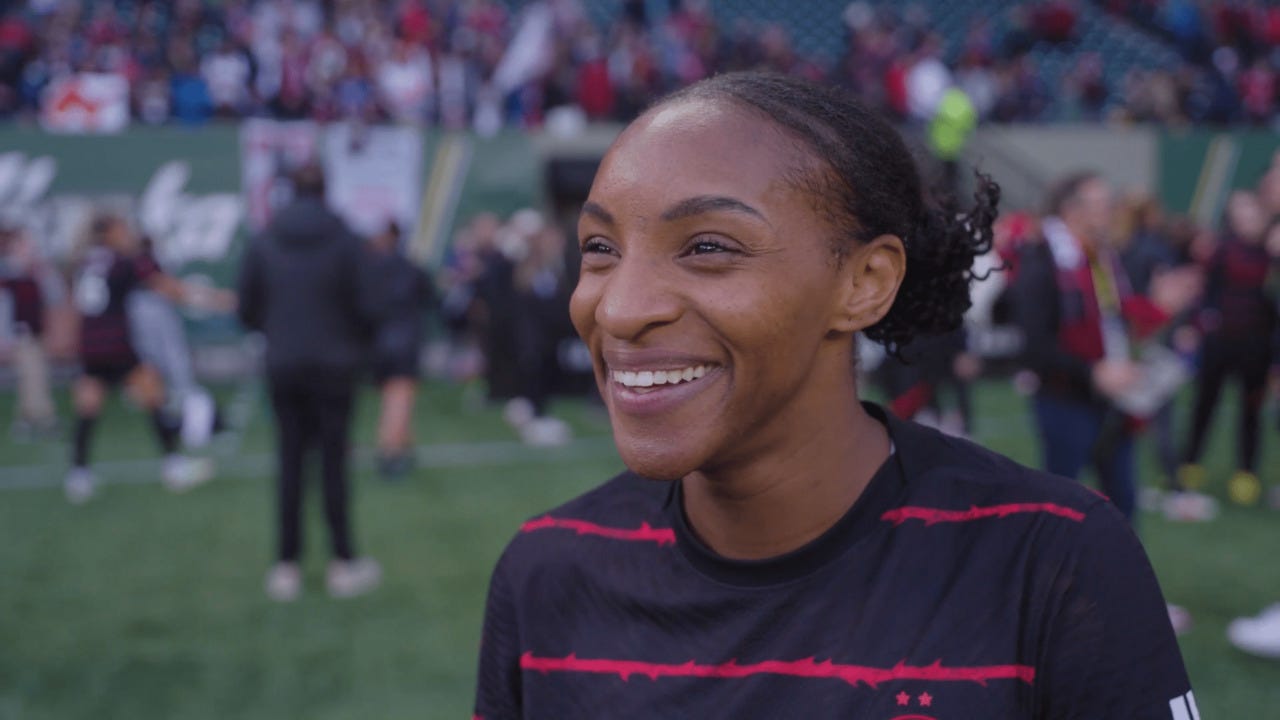
Like any sporting executive, the goal is to maximize the money you have made available to you to sign good players and win football matches. That is the most simple explanation.
The Moneyball approach, as it is often referred to, is an umbrella term for the strategy of using advanced data analytics to seek out value in signing players on a more cost-effective relative to their ability to contribute to winning.
The problem is, with the NWSL salary cap being so low when compared to other major professional sports leagues, it can become illogical to discuss the merits and strategy of the business deals.
That doesn’t mean GMs aren’t trying to balance the books. There will always be different caliber players available to teams based on what stars they choose to sign, and what young players or less-experienced players they need to fill their squads with. It is a sport under capitalism, existing within a market.
Seeking out value isn’t always going to encourage getting these players the type of salaries they deserve. The NWSL and executives need to push the envelope when it comes to the salary cap and landmark contracts.
At this moment in the NWSL, discussing whether Sanchez is “worth” paying $1.5m over four years isn’t a debate that needs to had.
The short answer is yes. YES. She absolutely is. And if a player of her equal ability was in men’s football - even U.S. men’s soccer - then she would be earning a lot more. You could argue it is a steal for someone with the skills that Sanchez possesses.

There’s also the off-the-pitch element of the Sanchez deal. What it means to the U.S. soccer ecosystem and young players. As Rachel Bachman’s Wall Street Journal feature on Monday went into detail describing, the Mexican-American’s story is different from a lot of top players in her home country.
Sanchez did not have soccer infrastructure around her as a youngster in rural Idaho. Growing up, the 27-year-old did not see many players that looked like her in women’s football in the United States either.
Today, being a beacon for young Mexican-American and Mexican footballers is something on the front of Sanchez’s mind. By signing a long-term deal in Houston, Texas, she was able to continue to deliver that representation goal for her career.
“I think that Mexican connection to me, means a lot. So I think that was a big part of it,” Sanchez said on Monday. “When I went to Houston, it was to represent the Mexican female woman soccer in the NWSL because I didn't think it was represented before.”
Going back to the figures, it’s also two-way street. It’s in the Dash’s best interest to invest financially in one of the most high-profile Mexican internationals in an American city with a community that is heavily linked to that culture. In terms of marketing, visibility, and developing fans.
“There’s a piece here, of course, that, you know, we want to connect and continue to create and forge deeper connections with the Mexican population and community here with the Mexican American community here in Houston,” said Singer.
How to critically debate the finances behind women’s football isn’t always easy. One doesn’t want to patronize or treat women’s football ‘kid gloves’. The game is crying out for a need to focus on the football on the pitch and the business in the boardroom. It has to level up into the media realm of other sports.
But until every player in the NWSL is earning a salary that is fit for an elite world athlete, the moment to truly pick apart the amount of money that is being handed out in contracts might have to wait. Like pundits might in the English Premier League or the NFL.
When NWSL salary cap metrics are all made public then the discourse and analysis of how these teams choose to spend their money can truly begin. And even then, remembering these are real people remains important. And something that gets lost even in the more monied sports and leagues across the world.
Sanchez’s league-record deal has sent shockwaves around the U.S. women’s game. Around U.S. women’s sport in general. That should be celebrated. That breakthrough should be applauded.
After all, we all want to see more and more deals like the Sanchez deal. It’s just the beginning.
At this time, the exact figure of the 2024 NWSL salary cap is unknown. Those figures are based on speculation of an increased cap. In 2023, the salary cap was $1.4m with $600k of additional funds available. Hence, a $2m maximum salary is available. A minimum of a 20% rise is expected in 2024 with an even higher increase being predicted. ↩

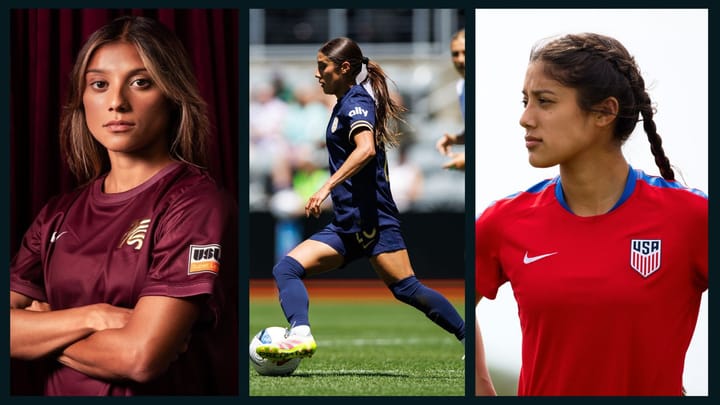
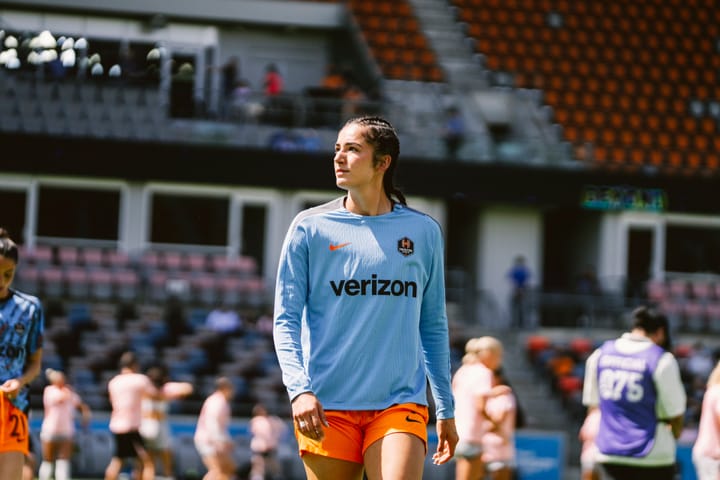
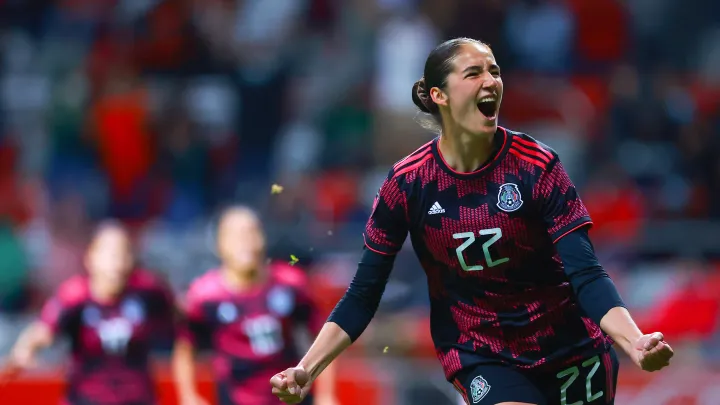
Comments ()